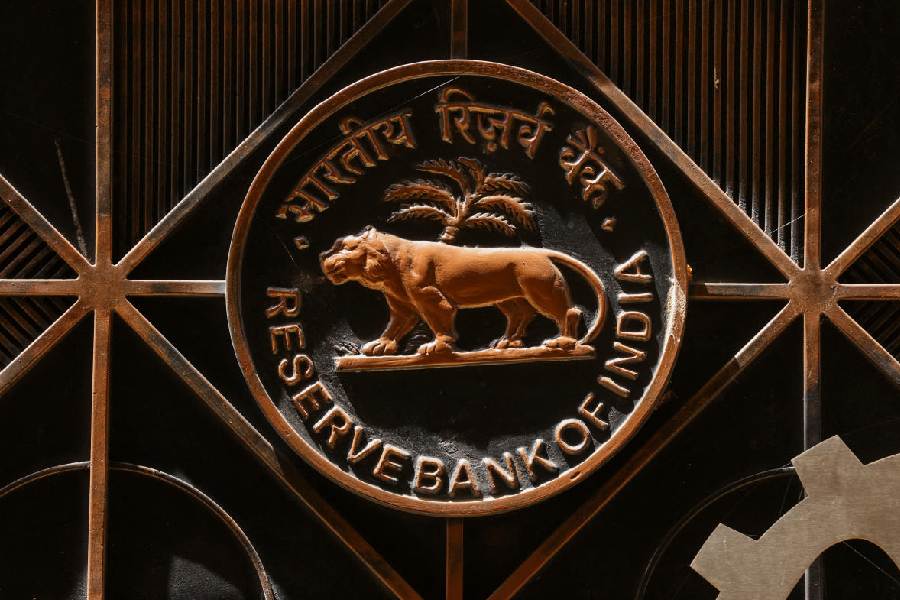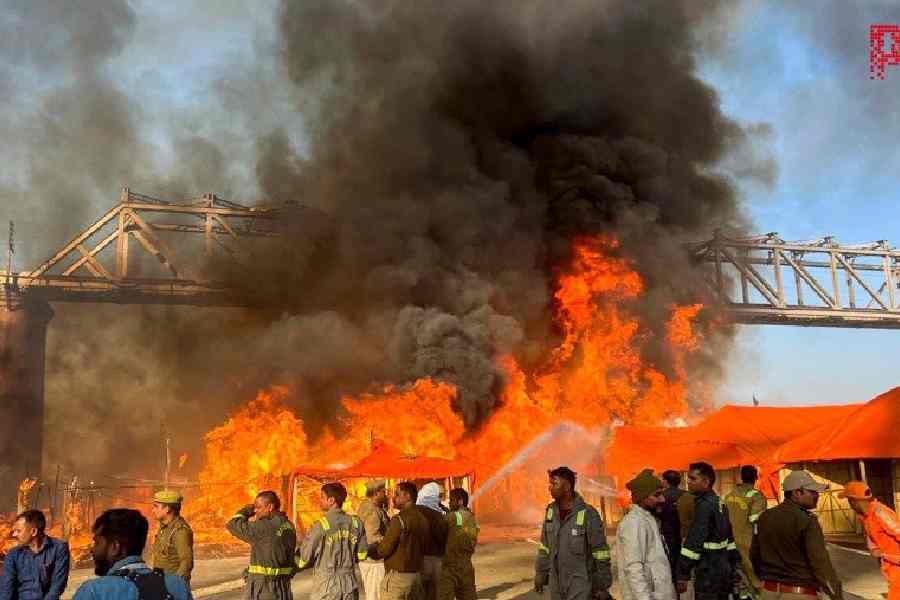The Reserve Bank of India (RBI) kept the key interest rate unchanged for the ninth time in a row, but stayed hawkish as it reiterated its goal to align inflation to the mandated target of 4 per cent.
At the end of a three-day meeting on Thursday, the monetary policy committee (MPC) retained the policy repo rate at 6.50 per cent which meant EMIs linked to this benchmark will not go up.
As in the past meeting, two external members — J.R. Varma and Ashima Goyal — voted for an interest rate cut of 25 basis points and a change in the stance to neutral from the withdrawal of accommodation.
The latest deliberations of India’s interest rate setting panel came in the backdrop of expectations the US Federal Reserve will aggressively slash borrowing costs at its meeting next month amid concerns of recession in the US.
In other economies, while the Bank of England last week cut rates from a 16-year peak, the Bank of Japan took an opposite course and hiked rates for the first time in 17 years.
While economists and stock market players had priced in a status-quo from MPC, they were keenly watching its guidance on the possibility of an interest rate cut.
This, however, did not happen.
RBI governor Shaktikanta Das said while inflation is moderating, its pace is slow and uneven, and that there is still some ground to cover when it came to aligning headline retail inflation with its mandated target of 4 per cent.
His observations led to some economists pushing back their expectations of a pivot from the RBI to either at the end of this calendar year or early next year from October.
The chief culprit remains food inflation which has a weightage of 46 per cent in the CPI basket. Last month, the Economic Survey had suggested that RBI’s inflation target should exclude food since it is outside the central bank’s control.
A Bloomberg report here said a government panel is mulling a substantial cut in the weightage of food to curb inflation spikes.
However, Das feels that due to the high share of food in the consumption basket, the food inflation pressures cannot be ignored.
“The public at large understands inflation more in terms of food inflation than the other components of headline inflation. Therefore, we cannot and should not become complacent merely because core inflation has fallen considerably,’’ he said.
He warned high food inflation could spill over to core inflation through a pick-up in wages. This, in turn, could be passed on by firms in the form of higher prices for services as well as goods.
“The MPC may look through high food inflation if it is transitory; but in an environment of persisting high food inflation, as we are experiencing now, the MPC cannot afford to do so,” Das said.
“This decision to stay on course has been clearly guided by domestic factors even as rate cut expectations have risen globally.
“The overall tone of the policy seemed hawkish with the RBI highlighting the risks around the stickiness in food inflation. With the RBI refraining from creating any space for a policy pivot, expectations of a change in October policy have reduced,’’ economists at HDFC Bank led by chief economist Abheek Barua, said in a note.
However, they do not rule out a pivot in the fourth quarter of this calendar year (by the December policy).
“If indeed, monsoon progress remains healthy and food inflation shocks are contained and are not persistent, space might open up for some policy accommodation by the RBI,” they added.











